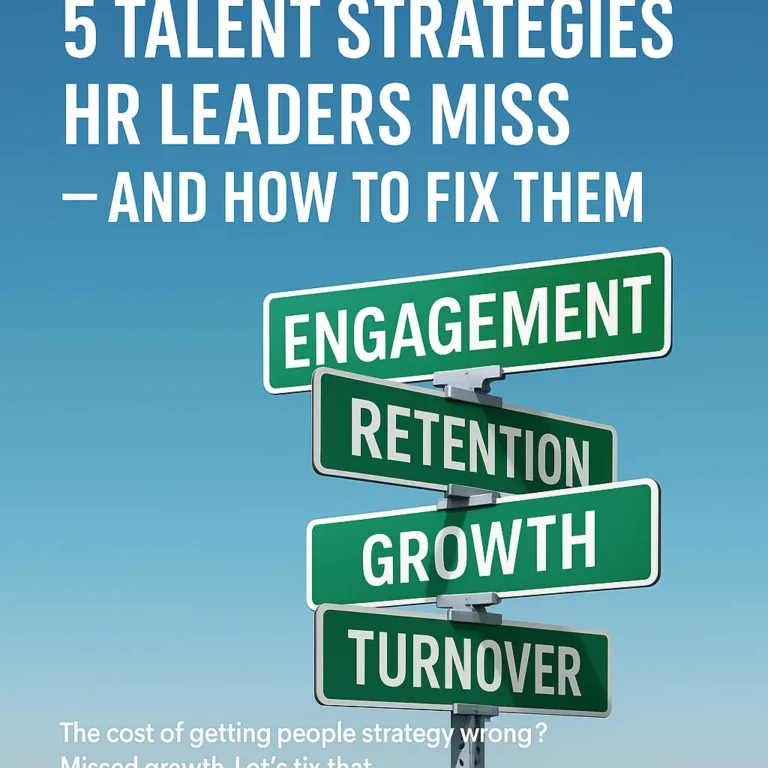A prospect called me late last year to discuss building out an entire compensation plan for their business.
I met with the HR team, laid out a game plan, and we agreed to go to the proposal stage.
After the first of the year, I pulled together a proposal to review with the team. Everyone was on board…and then radio silence ensued.
If you’ve ever been in this situation you know that typically, this doesn’t mean good things for the outcome of a proposal.
But this wasn’t a typical situation.
A few weeks later, I was able to get in touch with the head of HR and she informed me that a member of their HR team had died unexpectedly. This individual was healthy and in his late 30s, but he passed very suddenly and unexpectedly. It was tragic, of course, on a personal front as well as on a business front.
Everything didn’t come to a screeching halt, but HR did go into survival mode. Starting a new project was the last thing they had the time and energy to do. They were way too busy trying to recruit and fill their newly empty position, and then get that person trained to work.
This is what it boils down to: their business got completely sidetracked because of a lack of a succession plan.
If you read this blog regularly, you know that the theme of the last several posts has been succession planning. Why succession planning is so important has never been more obvious to me than when this happened.
Today, I’m sharing the 7 critical steps you should take to build your succession plan.
But before we get into that, let’s look at the 4 broad areas your succession plan needs to focus on.
1. Planning for succession in the event of a short-term temporary absence. This could be a planned or unplanned absence.
2. Planning for succession in the event of a long-term, temporary absence. I define long term as 90 days or more, and this looks different than planning for a short-term absence.
3. Planning for succession in the event of a permanent, unplanned absence. This is an absence such as in the story I shared above, and of course it’s significantly different than planning for either of the above scenarios on this list.
4. Planning for succession in the event of a permanent, planned absence. This is the retirement scenario that most companies focus on. This is important, but as you can see, the other three areas are just as critical.
The other thing I often see is that companies think they don’t need a succession plan for anything below the C-suite or department head level. But as my story at the beginning of this article illustrates, all it takes is a key team member leaving to really throw things out of whack for an entire department.
To that end, there are 7 steps to follow when creating a succession plan. Regardless of which of the 4 scenarios you’re in, they’re the same steps.
1. Consider anything that’s a legal issue or a diversity issue. How are you trying to advance and develop a diverse group of folks in your organization? I’m talking gender, race, age, you name it. Take a good look at the diversity in your pipeline, especially as you plan for long-term types of succession.
2. Don’t just look at the present, but at future leadership roles and objectives. You want to develop leaders that aren’t just good for you in today’s business environment but are also good for where your business is heading in the future.
3. Identify key employees and positions. We’re not just talking about those high-potential employees. Who are the key employees that without them, we might fall into a succession planning trap? What positions are critical and would cause a big problem if they went unfilled?
4. Evaluate your key employees. What are their strengths and weaknesses? Are they ready for succession in terms of their skillset and work-life issues? Maybe you identify them as ready for a short-term temporary succession, but not a long-term permanent role.
5. Plan for individual development. The next logical step is to plan for the individual development of these people and figure out ways to retain them.
6. Identify emergency positions. This is one companies often miss. After you go through the first 5 steps, identify which positions you have no successors for, meaning there’s either no one in-house with the skillset to move into those positions or they’re just not ready to move into those positions yet. You’ll want to attack these first.
7. Plan for positions you can’t fill internally. Many organizations focus on developing employees when it comes to succession. But there will invariably be positions you can’t fill in-house. There will always have to be an external look, but that doesn’t mean you don’t have a succession plan for it. Plan out your recruitment strategies for that position now, so you know exactly what buttons to push when you need to.
As you look at these 7 steps, it’s critical that the employees currently holding the identified positions are heavily involved. They are extremely valuable to the process. Their insight, knowledge, and input will greatly determine how successful your succession plan will ultimately be once it’s implemented.
I know we started off with a pretty tragic story. Tragedies will always happen in our workplaces. The lesson is that we can mitigate the impact of them on our workforce and business results if we take the time now to plan for them proactively.
If you’re ready to set up a succession plan that does just that for your business, contact me and let’s talk about how I can help.


